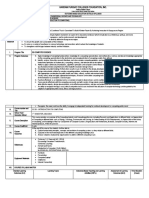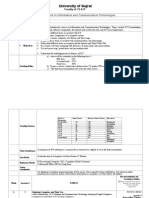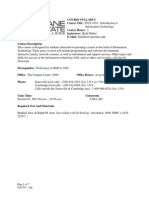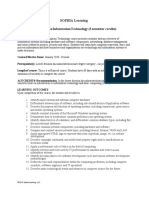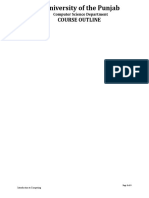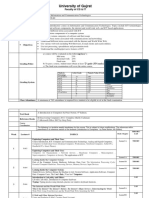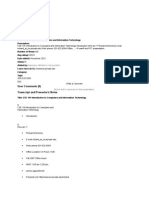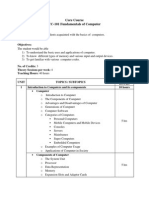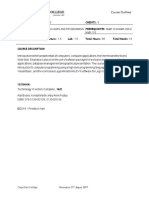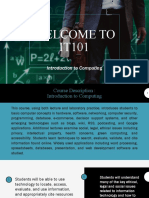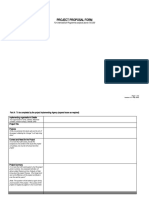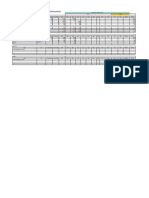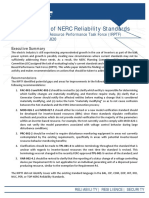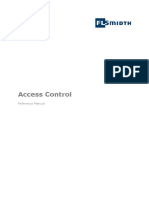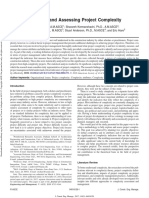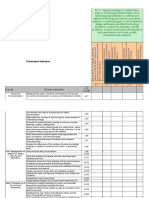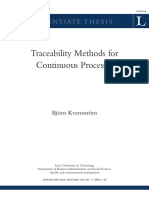0% found this document useful (0 votes)
341 views4 pagesCOSC 101 Computer Literacy
COSC 101 is a 3-credit introductory computer literacy course with no prerequisites. The course covers the interaction of computer hardware and software, including productivity software, social and ethical impacts of computers, and computer security. Students learn to use operating systems, word processing, spreadsheets, databases, presentations, email, and the internet. The course aims to provide students with a fundamental understanding of computers and their role in society. Students are evaluated based on computer application assignments, a reaction paper or book review, and quizzes and exams.
Uploaded by
pandorabox.y2kCopyright
© © All Rights Reserved
We take content rights seriously. If you suspect this is your content, claim it here.
Available Formats
Download as DOCX, PDF, TXT or read online on Scribd
0% found this document useful (0 votes)
341 views4 pagesCOSC 101 Computer Literacy
COSC 101 is a 3-credit introductory computer literacy course with no prerequisites. The course covers the interaction of computer hardware and software, including productivity software, social and ethical impacts of computers, and computer security. Students learn to use operating systems, word processing, spreadsheets, databases, presentations, email, and the internet. The course aims to provide students with a fundamental understanding of computers and their role in society. Students are evaluated based on computer application assignments, a reaction paper or book review, and quizzes and exams.
Uploaded by
pandorabox.y2kCopyright
© © All Rights Reserved
We take content rights seriously. If you suspect this is your content, claim it here.
Available Formats
Download as DOCX, PDF, TXT or read online on Scribd
/ 4









